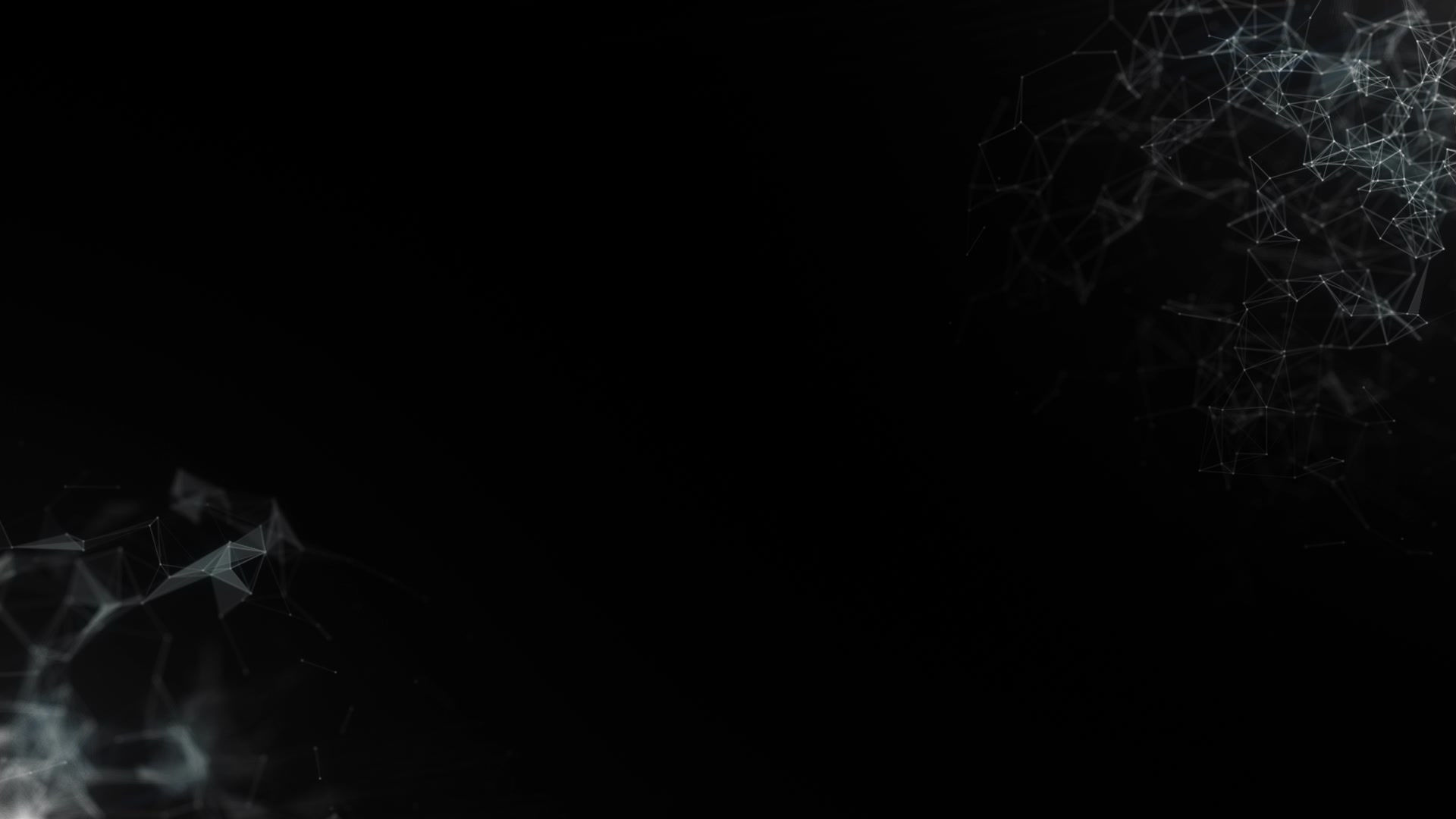The Edge of Eternity: Traveling with Sagan to the End of Time
- Alberto Pisabarro

- Jun 26
- 3 min read
“The stars call to us from far away. And we have begun to answer.”— Carl Sagan, Episode 10: “The Edge of Eternity”
You might notice something different about this post . I've slightly changed the structure of the posts to make them more readable and accessible. I now try to get you straight into the episode's content and then build on the themes from there. This allows me to maintain the essence of Cosmos —its mix of science, philosophy, and emotion—but with a slightly more direct and narrative approach.
Even so, I promise to never lose that personal and human perspective that inspires us so much from Carl Sagan.
In this episode, Carl Sagan takes us to the edge of time. Not into the distant past, but into the most distant conceivable future: the ultimate fate of the universe.
From the beginning, the tone changes. We're no longer talking about the history of life or the elements that compose us, but about the duration of the cosmos, about how everything we know—stars, galaxies, atoms, even time itself—could come to an end. "The Edge of Eternity" raises uncomfortable but necessary questions: Will the universe have an end? Or will it exist forever?
A story about the future
Sagan begins by describing the cosmological models that science has developed to understand the fate of the universe. He explains how the universe, since the Big Bang, has been constantly expanding. But will it continue to expand forever? Or will it collapse in on itself in a Big Crunch?
In a clear style, Sagan presents the three possible futures of the cosmos:
A closed universe, which contracts over time.
An open one, which expands eternally.
Or a flat one, which approaches infinite equilibrium.
Each has profound implications, not only for physics, but for the very idea of eternity.
The role of matter and energy

In Cosmos, Carl Sagan draws inspiration from Flatland—Edwin A. Abbott’s 1884 novella—to explore the fascinating and often counterintuitive nature of dimensions. The story depicts a two-dimensional world inhabited by geometric beings who cannot conceive of the third dimension, much like how we, as three-dimensional creatures, struggle to visualize a fourth spatial dimension. Sagan uses this analogy to illustrate how our perception is limited by our dimensional experience, yet mathematics and imagination can help us transcend these boundaries. By comparing Flatland’s "A. Square" to humanity’s own cognitive limits, he suggests that higher dimensions—whether in physics (like spacetime) or metaphysics—may hold realities beyond our current grasp, waiting to be uncovered through scientific curiosity.

A future without us
One of the episode's most striking moments is when Sagan contemplates the fact that our civilization—and perhaps all life—is ephemeral compared to cosmic scales. Even if we were to overcome all our current challenges and expand throughout the galaxy, entropy would increase. One day, the universe will become an inhospitable place for life.
And yet, there is no sadness in his narrative. There is a serenity based on knowledge. Because, as he himself argues, understanding these processes is a form of resistance against oblivion.
Interesting curiosities
The episode introduces the concept of deep future time , something rarely explored outside of science.
Sagan explains how, in an expanding universe, galaxies will move so far apart that the night sky will become empty .
It reflects on how an advanced civilization might attempt to preserve knowledge or survive in a decaying cosmos.
The episode includes references to the theories of relativity, entropy, and quantum cosmology.

Key themes of the episode:
Cosmological models of the future of the universe.
Cosmic expansion and its relationship with dark matter.
The second law of thermodynamics and the end of useful energy.
Timescales beyond stellar lifetime.
The search for meaning in a universe with a possible ending.
Final reflection
"The Edge of Eternity" doesn't seek to alarm, but rather to put our existence into perspective. The fact that the universe has an end doesn't diminish our lives' value; on the contrary, it makes them more meaningful. Knowing that we are here, in this brief luminous moment between creation and dissolution, is a reminder of how rare and precious it is to be aware of the universe… before the universe moves on without us.
Because, as Sagan suggests, even if everything ends, the fact that a part of the cosmos came to know itself, even for a short time, is already a form of eternity.
We'll see you in Cosmos episode 11 , "The Persistence of Memory," where Carl Sagan invites us to explore the universe's greatest treasure: the information that endures. We're not traveling to the edge of the cosmos or the birth of stars, but to the living archives that hold the history of life: DNA, brains, and the libraries we've built to fight oblivion.



Comments